- Egypt Tour Magic
- Egypt Tour Packages
- Excursions in Egypt
- Cairo Tours and Excursions
- Hurghada Tours and Excursions
- Soma Bay Tours and Excursions
- Makadi Bay Tours and Excursions
- Sahl Hasheesh Tours and Excursions
- El Gouna Tours and Excursions
- Marsa Alam Tours and Excursions
- Port Ghalib Tours and Excursions
- El Quseir Tours and Excursions
- Dendera and Abydos Day Tours
- Aswan Tours and Excursions
- Luxor Tours and Excursions
- Alexandria Tours and Excursions
- Sharm El Sheikh Tours and Excursions
- Top Rated Tours in 2025
- Optional Excursions in Egypt
- Private Transfer
- Blogs About egypt
- Ancient Egypt
- What You Need To know Before Your First Trip To Egypt
- Best Places to Visit in Egypt 2025
- Top Attractions in Red Sea Resorts 2025
- Top 10 Tourist Activities in Egypt
- Top 30 Activities You Can’t Miss in Egypt
- The Guide to Guided Tours in Egypt
- Egypt’s Ancient and Modern History
- The Nile River
- The Deserts of Egypt
- Historical Sites in Egypt
- Cairo
- Alexandria
- Luxor
- Aswan
- The Red Sea
- Dendera Temple
- El Fayoum Oasis
- Bahariya Oasis
- Siwa Oasis
- Al Alamein
- Marsa Matruh
- Ancient Egyptian gods
- famous Egyptian dishes
- UNESCO World Heritage sites
- About Us
- Why Egypt Tour Magic
- Egypt Tour Magic
- Egypt Tour Packages
- Excursions in Egypt
- Cairo Tours and Excursions
- Hurghada Tours and Excursions
- Soma Bay Tours and Excursions
- Makadi Bay Tours and Excursions
- Sahl Hasheesh Tours and Excursions
- El Gouna Tours and Excursions
- Marsa Alam Tours and Excursions
- Port Ghalib Tours and Excursions
- El Quseir Tours and Excursions
- Dendera and Abydos Day Tours
- Aswan Tours and Excursions
- Luxor Tours and Excursions
- Alexandria Tours and Excursions
- Sharm El Sheikh Tours and Excursions
- Top Rated Tours in 2025
- Optional Excursions in Egypt
- Private Transfer
- Blogs About egypt
- Ancient Egypt
- What You Need To know Before Your First Trip To Egypt
- Best Places to Visit in Egypt 2025
- Top Attractions in Red Sea Resorts 2025
- Top 10 Tourist Activities in Egypt
- Top 30 Activities You Can’t Miss in Egypt
- The Guide to Guided Tours in Egypt
- Egypt’s Ancient and Modern History
- The Nile River
- The Deserts of Egypt
- Historical Sites in Egypt
- Cairo
- Alexandria
- Luxor
- Aswan
- The Red Sea
- Dendera Temple
- El Fayoum Oasis
- Bahariya Oasis
- Siwa Oasis
- Al Alamein
- Marsa Matruh
- Ancient Egyptian gods
- famous Egyptian dishes
- UNESCO World Heritage sites
- About Us
- Why Egypt Tour Magic
Stolen Egyptian Artifacts: A Tragic Loss to Humanity
In recent years, Egypt has put forth significant efforts to reclaim its stolen heritage. The Egyptian government, in collaboration with Interpol, UNESCO, and international law enforcement agencies, has been working to recover stolen artifacts. Egypt has seen successes in getting several important pieces returned, including the Bust of Nefertiti, mummies, and ancient jewelry. Furthermore, countries like the United States, France, and Germany have cooperated with Egypt in the return of looted objects.
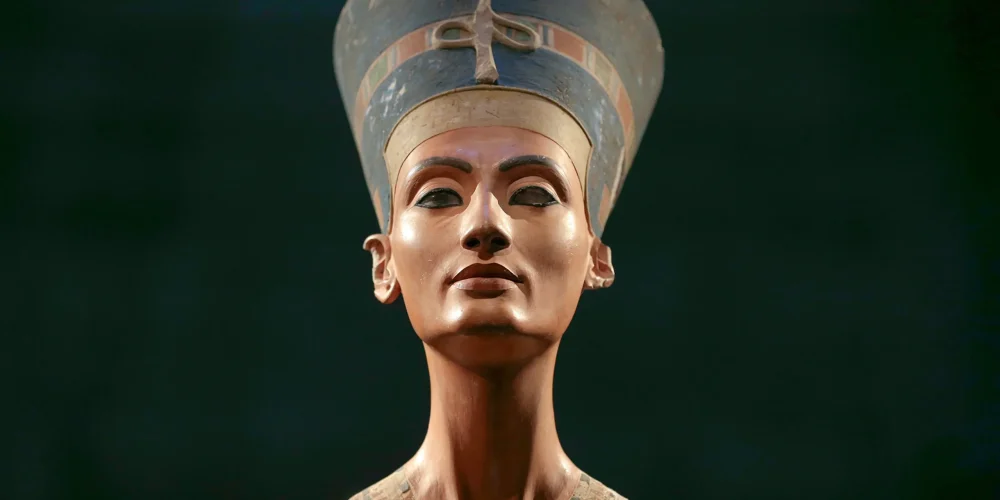
1. The Bust of Nefertiti
The Bust of Nefertiti is one of the most famous and beautiful pieces of Egyptian art. Discovered in Amarna (the capital city of Pharaoh Akhenaten) in 1912, it was transported to the Berlin Museum in Germany. The bust represents Queen Nefertiti, the wife of Akhenaten, and is an iconic symbol of ancient Egyptian beauty. Despite Egypt’s repeated attempts to reclaim it, this masterpiece remains in Germany, often a point of contention and debate between Egypt and German authorities. It is considered one of the most significant stolen Egyptian artifacts in the world.
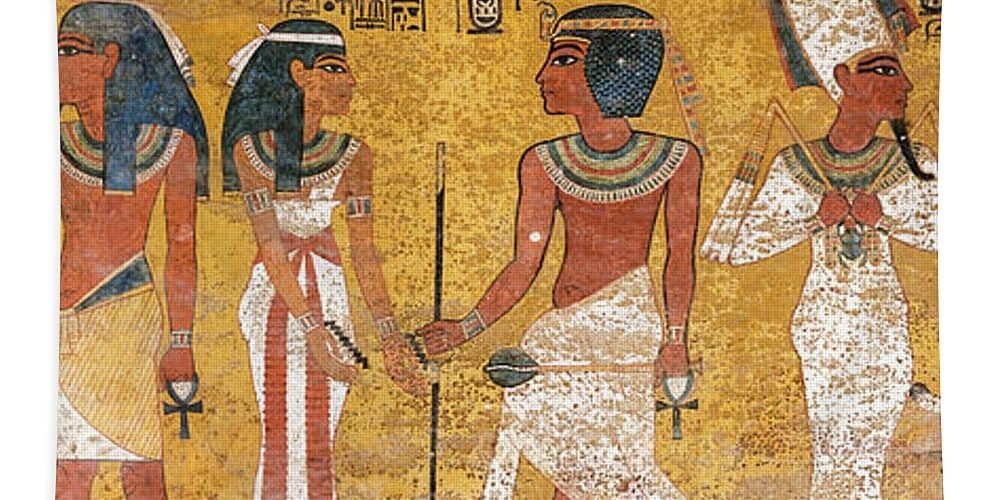
2. The Tutankhamun Scrolls
When the tomb of King Tutankhamun was discovered in 1922 by Howard Carter, it contained a vast array of treasures, jewelry, and scrolls. Some of these valuable items, including golden amulets and sacred papyri, have gone missing over the years. Tutankhamun’s tomb has been the target of looting since its discovery, and some of the treasures were either stolen at the time of excavation or later smuggled out of Egypt.
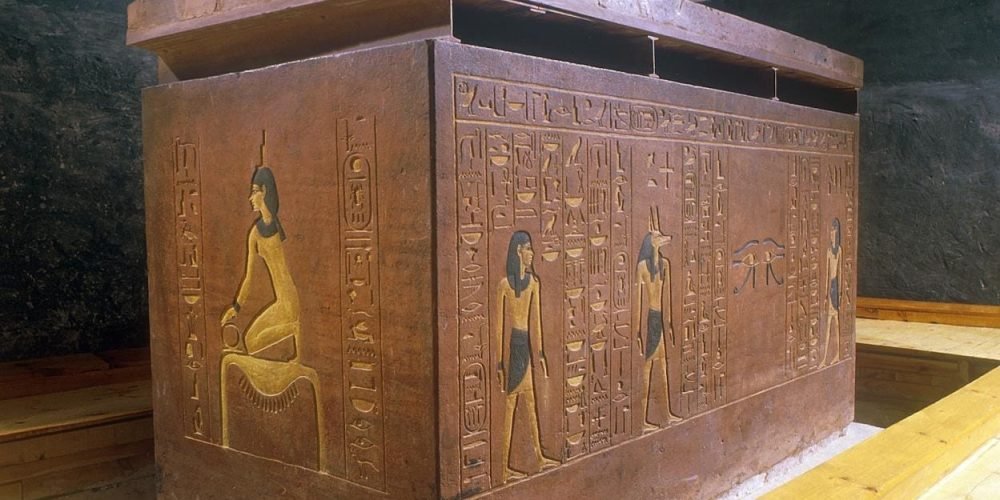
3. Artifacts from the Tomb of Amenhotep II
Artifacts looted from the tomb of Pharaoh Amenhotep II include several small statues, golden objects, and funerary goods. Many of these objects were stolen in the late 19th and early 20th centuries and ended up in private collections and museums across Europe. Despite efforts to recover these pieces, many still remain missing, though some were successfully returned through diplomatic efforts.
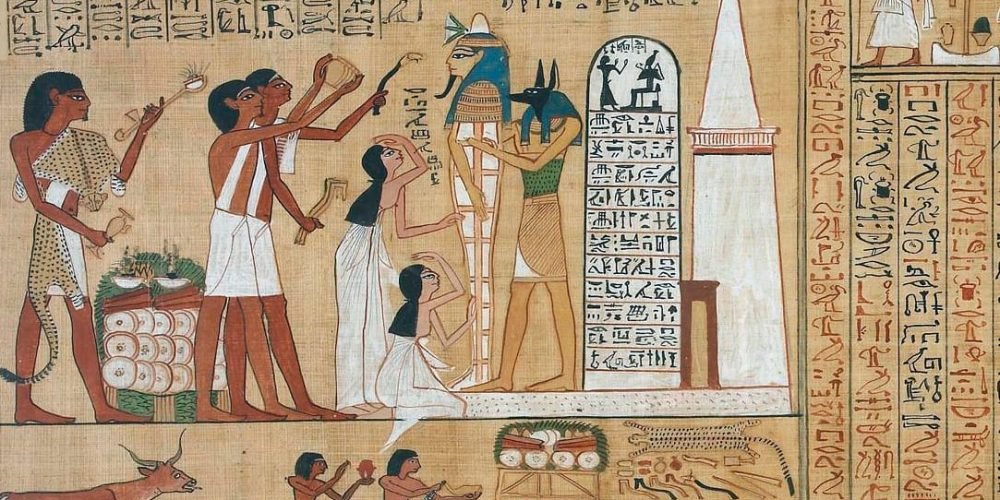
4. The "Book of the Dead" of Queen Ti:
The Book of the Dead associated with Queen Ti, the wife of Amenhotep III, was also stolen. This ancient papyrus scroll contains prayers and spells designed to guide the deceased through the afterlife. The scroll was smuggled out of Egypt during the 19th century and was eventually sold to a European museum, where it was rediscovered later in the 20th century.
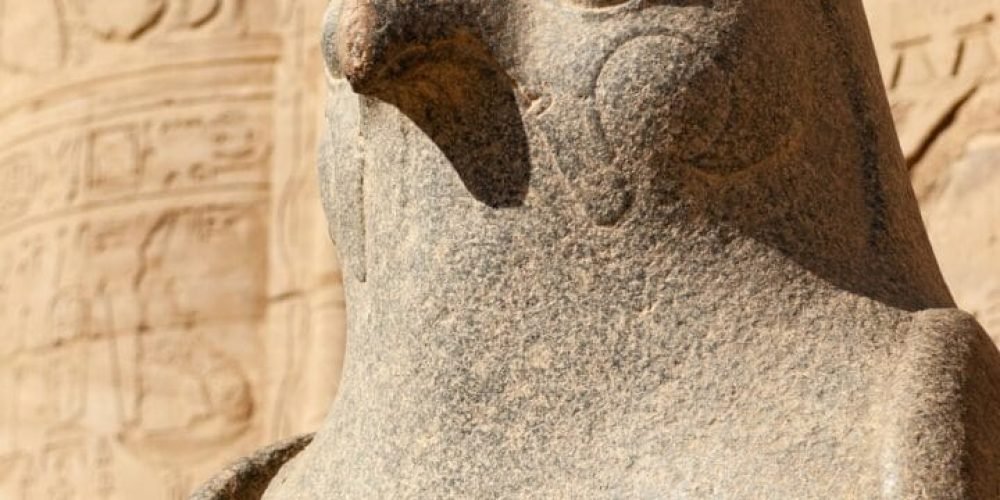
5. The Horus Statue from Edfu Temple:
The Horus statue that once stood in the temple of Edfu was taken during the late 19th century. The statue of Horus, the Egyptian god of the sky, was part of a larger collection of artifacts looted from Egypt. These pieces were often sold through illicit channels, sometimes being acquired by collectors or institutions that did not inquire about their origins.
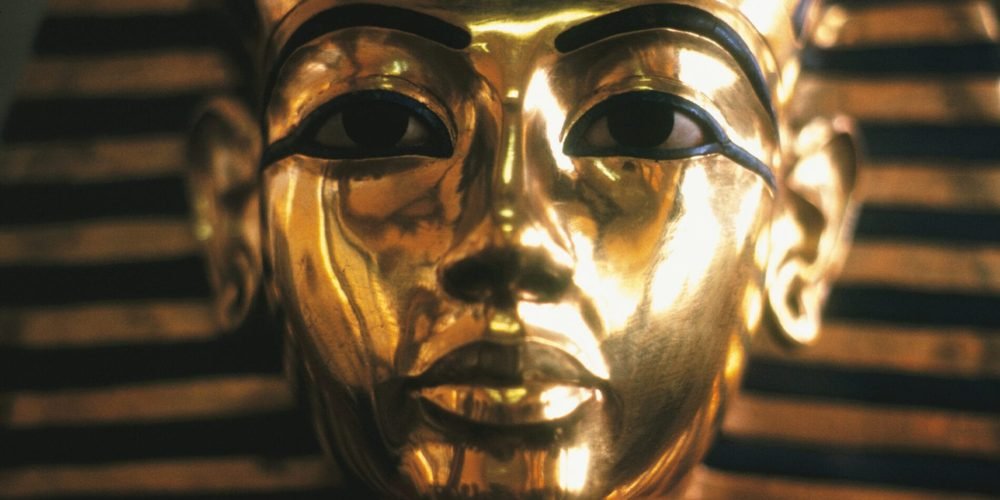
6. The Gold of Tutankhamun:
One of the most valuable stolen treasures from the tomb of Tutankhamun was the gold and jewelry found in his burial chamber. Though most of the artifacts were recovered during the initial excavation, some pieces, especially golden ornaments, necklaces, and rings, were lost or stolen in subsequent years. Some of these valuable items were smuggled into international markets and ended up in private hands before being recovered by authorities.
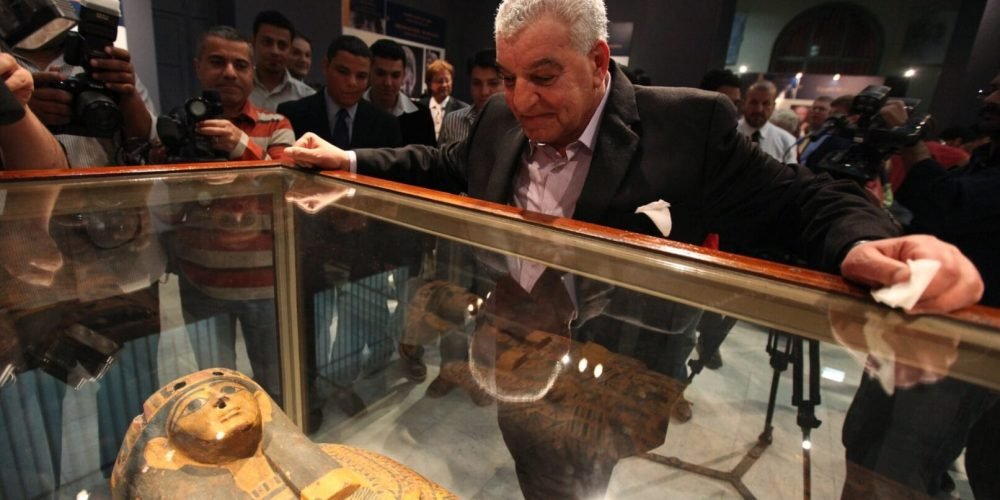
7. Looted Egyptian Artifacts from Museums:
In addition to temple looting, many Egyptian museums have been the targets of theft, most notably the Egyptian Museum in Cairo and the Alexandria Museum. In 2011, during the political turmoil in Egypt, the Cairo Museum was raided by thieves who stole and damaged several significant artifacts. Among the missing items were statues, paintings, and ancient jewelry, though many have since been recovered. Efforts to safeguard and protect Egyptian heritage have been increased following these incidents.
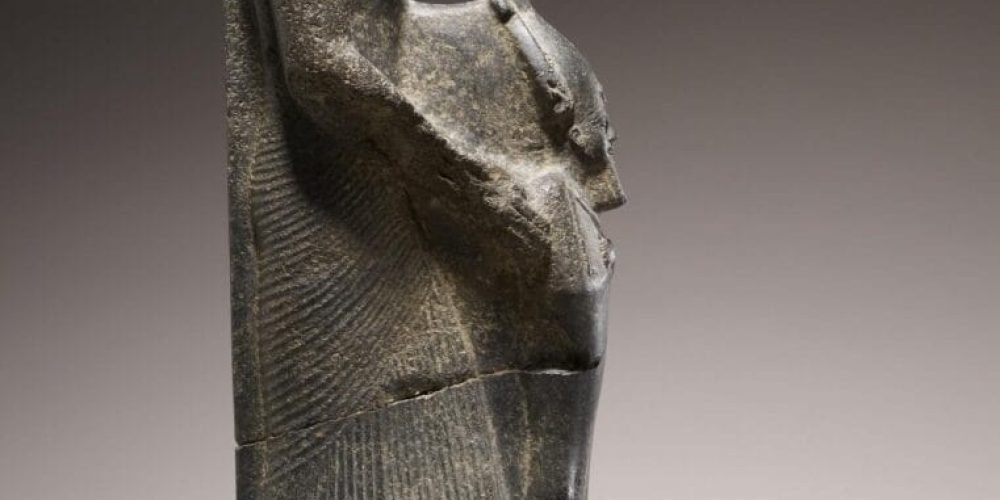
8. The Osiris Statue from Karnak Temple:
A statue of Osiris, discovered in the Karnak Temple complex, was one of the significant stolen pieces. It was smuggled out of Egypt during the 19th century and sold to collectors and museums in Europe. The statue depicted Osiris, the god of the afterlife, and it was part of a large collection of religious iconography that was removed from Egyptian temples during the colonial period.
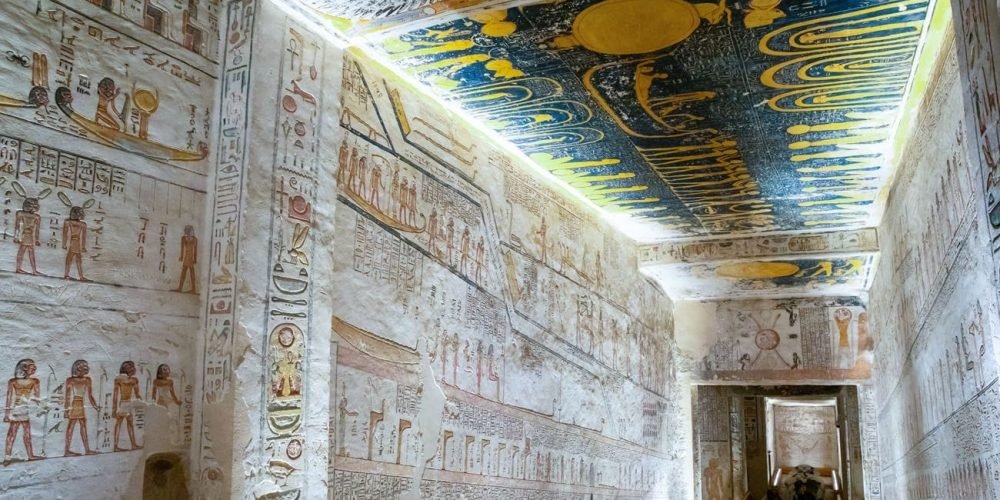
9. The Wall Paintings from the Tombs in the Valley of the Kings:
Over the centuries, numerous wall paintings and carvings from the tombs of Egypt’s rulers in the Valley of the Kings have been stolen. These paintings, depicting scenes of the afterlife, funerary rituals, and royal family members, have been looted either from the tombs themselves or from other royal burial sites. Some of the paintings were taken by early explorers, while others were stolen and sold on the black market for art and antiquities.
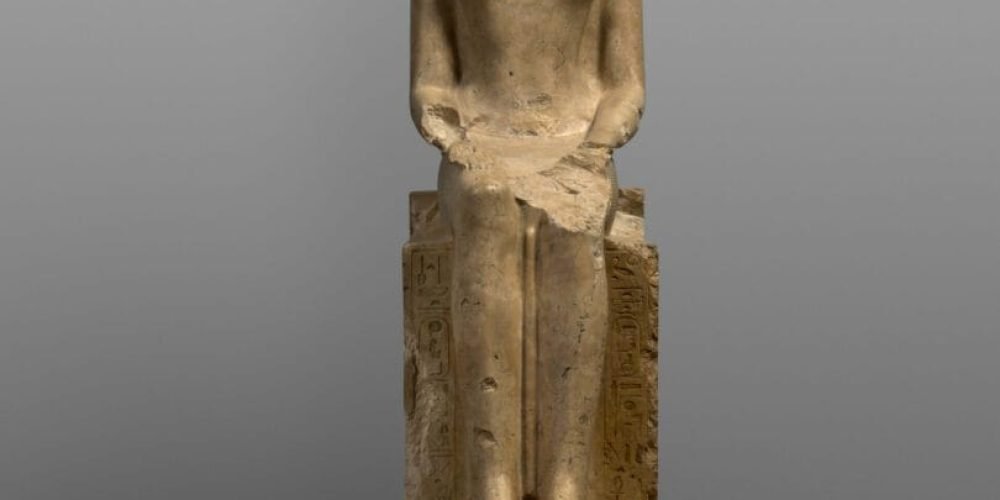
10. Pottery and Small Statues:
In addition to the major artifacts, many smaller items such as pottery, figurines, and miniature statues were stolen from Egyptian tombs. These objects were often looted in the early 20th century and sent to the Western art markets. Many of these stolen goods were passed through multiple hands and ended up in museums and private collections worldwide, where they were sometimes hidden for years before being identified and returned.
Efforts to Recover Stolen Artifacts
The theft of Egyptian artifacts is a long-standing issue that continues to affect Egypt’s ability to protect and preserve its rich cultural heritage. Despite various international laws and efforts to prevent such thefts, many priceless archaeological treasures have been stolen and smuggled into private collections or international museums. Continued efforts, including diplomatic negotiations and legal actions, are essential to return these ancient Egyptian treasures to their rightful place, ensuring that they remain part of Egypt’s historical legacy for future generations.


